There are many ways to enhance an outdoor space, whether you have a small secluded patio or a huge yard. But one, often-overlooked, outdoor feature that can transform an entire space is a fire pit.
One of the main benefits of fire pits is that they are not purely ornamental — as well as being aesthetically pleasing additions to a garden, they are also useful sources of light and warmth during the colder months. You can even use them for spring-time barbecues.
If you want to bring a garden, patio, or backyard entertaining space to life, creating a custom fire pit design is highly recommended. In this guide, we will explore some of the considerations to make before choosing the perfect fire pit for your needs, and show some examples of how fire pits can be used as a part of attractive outdoor design.
How To Choose a Fire Pit
When choosing a custom fire pit, there are plenty of factors that are worth considering and plenty of questions to ask yourself.
How Much Space Do You Have to Work With?
The first thing to look at is the size of the space you have to work with. Fire pits vary in size and shape, from small circular designs to table pits the size of a dinner table. Think about where people will be sitting and walking, and what size and shape of fire pit will enable comfortable and easy movement.
For example, if you have kids who like to run around and play, a pit that takes up too much valuable running space is probably not the best option. Want to host a cocktail party for 10? Then making sure you have ample space for a larger fire table will be key.
Where Do You Want the Pit to Be?
The next step is to choose a location for the pit. Think about if you want it to accent a larger design or to be the central feature itself.
Most people choose to install a pit on their patio or decking (which is usually ideal if you want to combine it with seating and/or other furniture), but others choose lawns or even incorporate the fire pit as part of a landscape feature. If your outdoor space is smaller, this decision may not be so difficult, as you’ll have fewer options to choose from. (But in our opinion, every location option is a good option.)
What Fuel Do You Want to Use?
Fire pits need fuel, and there are three main options.
The first option is wood, but this is almost always the least convenient, most time-consuming option, and smelly option. Options two and three are natural gas and propane. These are both usually more convenient.
Using propane requires hooking up a propane tank and periodically refilling it when necessary. Natural gas does not require a tank, although it does need to be piped in. Natural gas is usually considered more suitable, especially when adding a pit to an existing space such as a patio or decking, as it requires less upkeep.
What Material Is Most Suitable?
Traditional homemade fire pits are usually constructed from types of brick or stone. However, modern fire pits are increasingly being made from lightweight concrete for several reasons.
Among the many benefits of concrete fire pits — its durability may make it the best option if you want a design for the long term. Concrete can also come in a variety of colors to match different outdoor designs.
What Accessories Are Needed?
Different types of pits require different accessories. For example, if you opt for a propane-fueled pit, you may want a matching tank cover, as propane tanks aren’t usually too visually appealing. A weather-proof vinyl cover for the pit itself may also be invaluable if you live in a rainy climate.
If your outdoor space doesn’t have much protection from the elements, a wind guard might be useful to keep the flames condensed on gusty days. If you want a pit that can also be used as a table when the fire is out, a custom tabletop lid can transform your fire pit into a functioning coffee table or dinner table.
As well as functional accessories, fill rocks of varying materials can also be used for aesthetic purposes, so your fire pit matches the rest of your outdoor space design. Dekko offers a wide variety of fire pit accessories for all purposes.
These questions may not all be easy to answer if you have only just thought about installing a fire pit. To help you get started, we have included some examples below to spark some ideas and make your decisions easier.
Examples for Inspiration
These examples show just a few of the many ways that fire pits can be used as a cornerstone of artistic and functional outdoor space design.
Bowls for Warmth
Basin or bowl-shaped pits are perfect for huddling around close to, whether to save space or to get extra warm in the winter!
Custom Design
This custom fire pit makes a bold statement that both compliments and livens up the functional, utilitarian design of this outdoor space. If you want something highly personalized, custom fire pits can be great for your outdoor design project.
Ultra-Modern Centerpiece
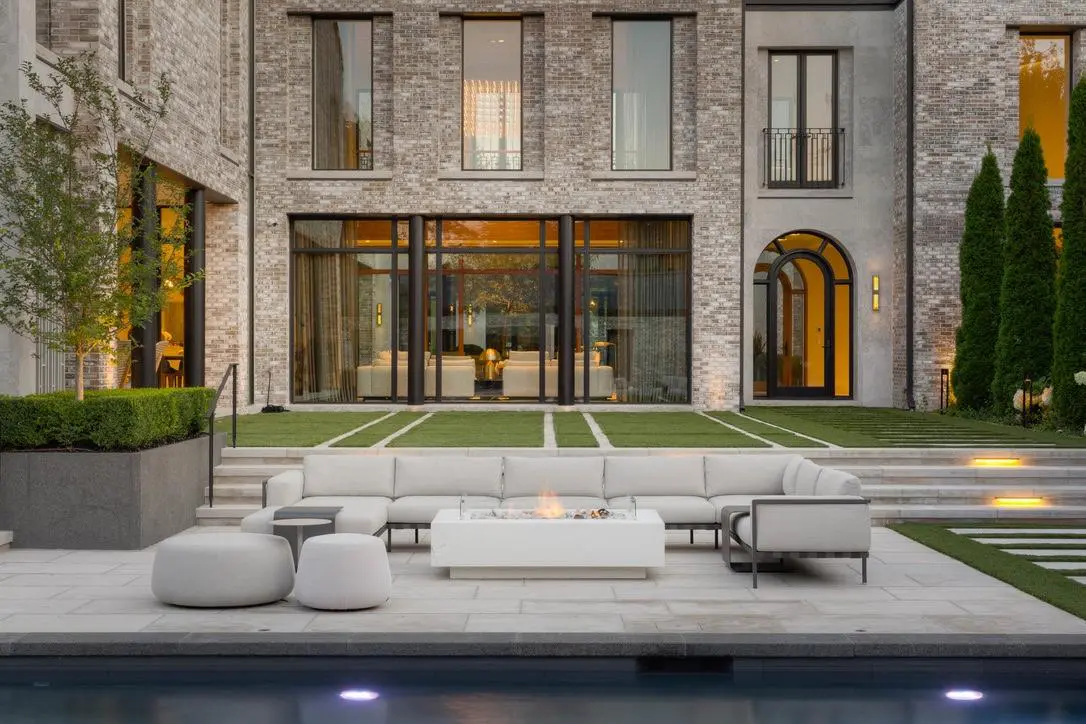
This ultra-modern fire pit isn’t just a striking centerpiece for a large open space — the edges also make a handy surface to put drinks or plates on when you host an outdoor dinner or drinks party.
Poolside Retreat
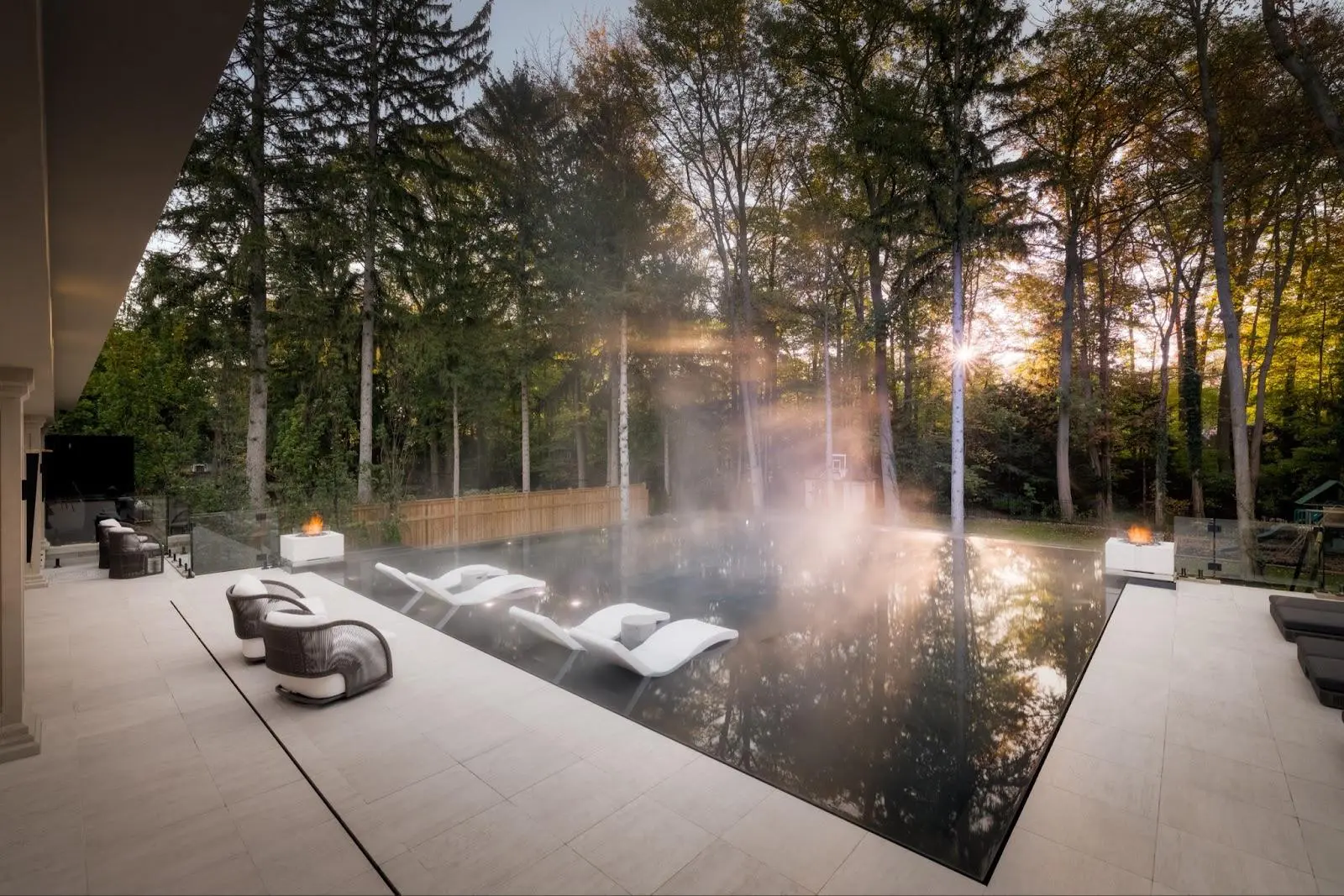
This poolside space uses Dekko’s Bravo concrete fire pit to create a space separate from, yet connected to, the pool. This design is perfect for summer barbeque parties with multiple guests, or a cozy evening retreat after a day of playing with the kids in the pool.
How Can Dekko Help You Choose the Best Custom Fire Pit for Your Outdoor Space?
At Dekko, we understand that outdoor spaces are meant to be used daily, not just looked at from a distance. As well as providing expertly hand-crafted fire pits in fashionable, minimal designs, Dekko uses only the highest quality authentic concrete.
Dekko’s lightweight concrete fire pits are made from the same concrete as our cladding — a 100% pure proprietary concrete that remains durable for many years without the risk of flaking, peeling or patina.
What’s more, Dekko fire pits can be shipped anywhere in the world! If you like the look of our products, check out our collections or get in touch for more information.

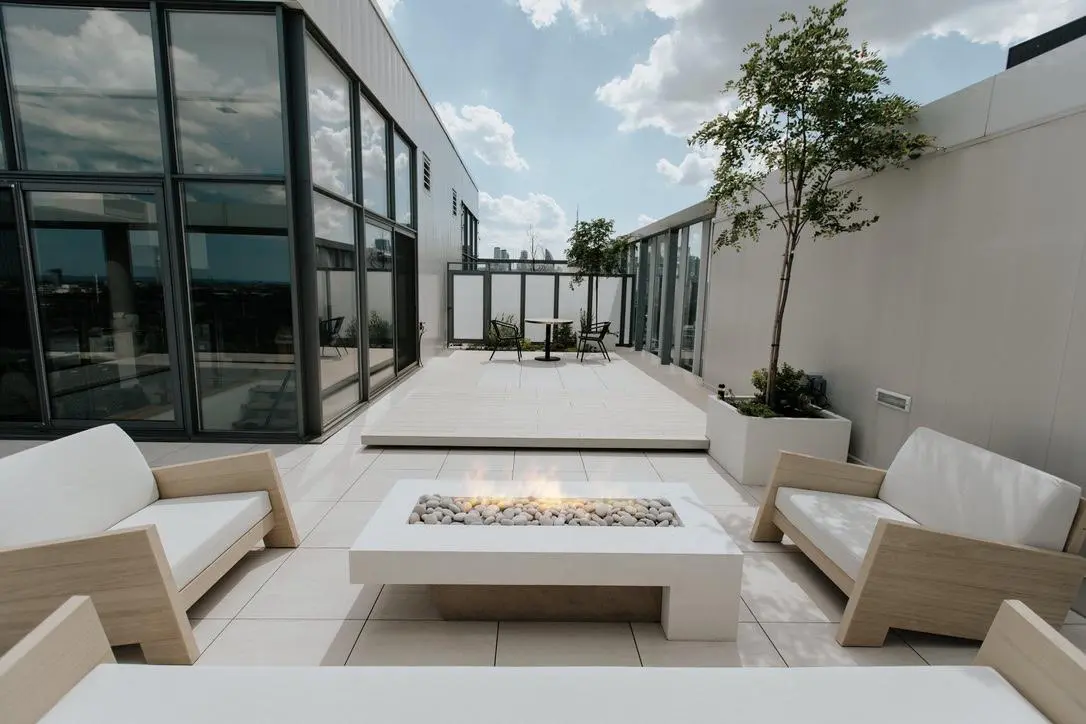
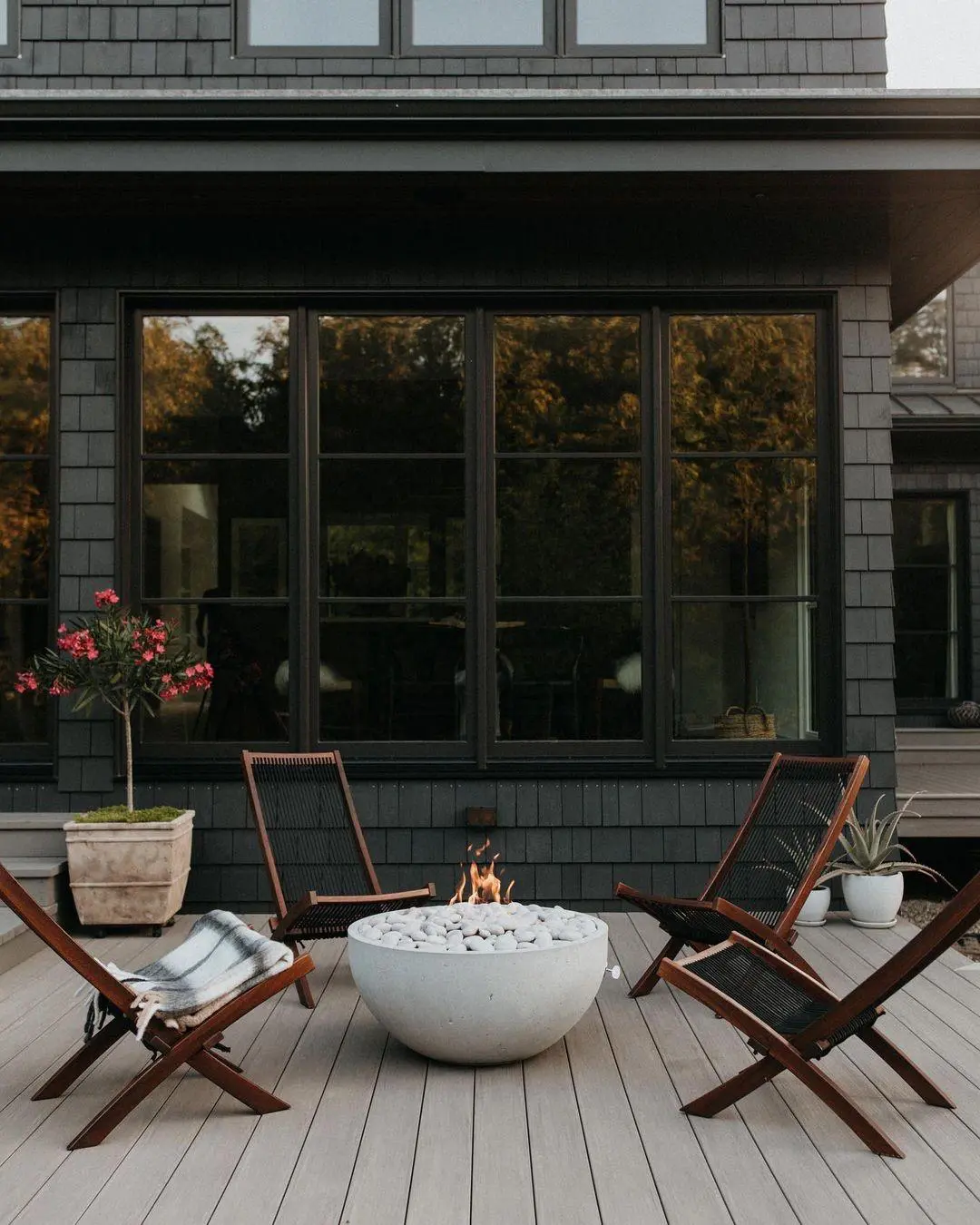
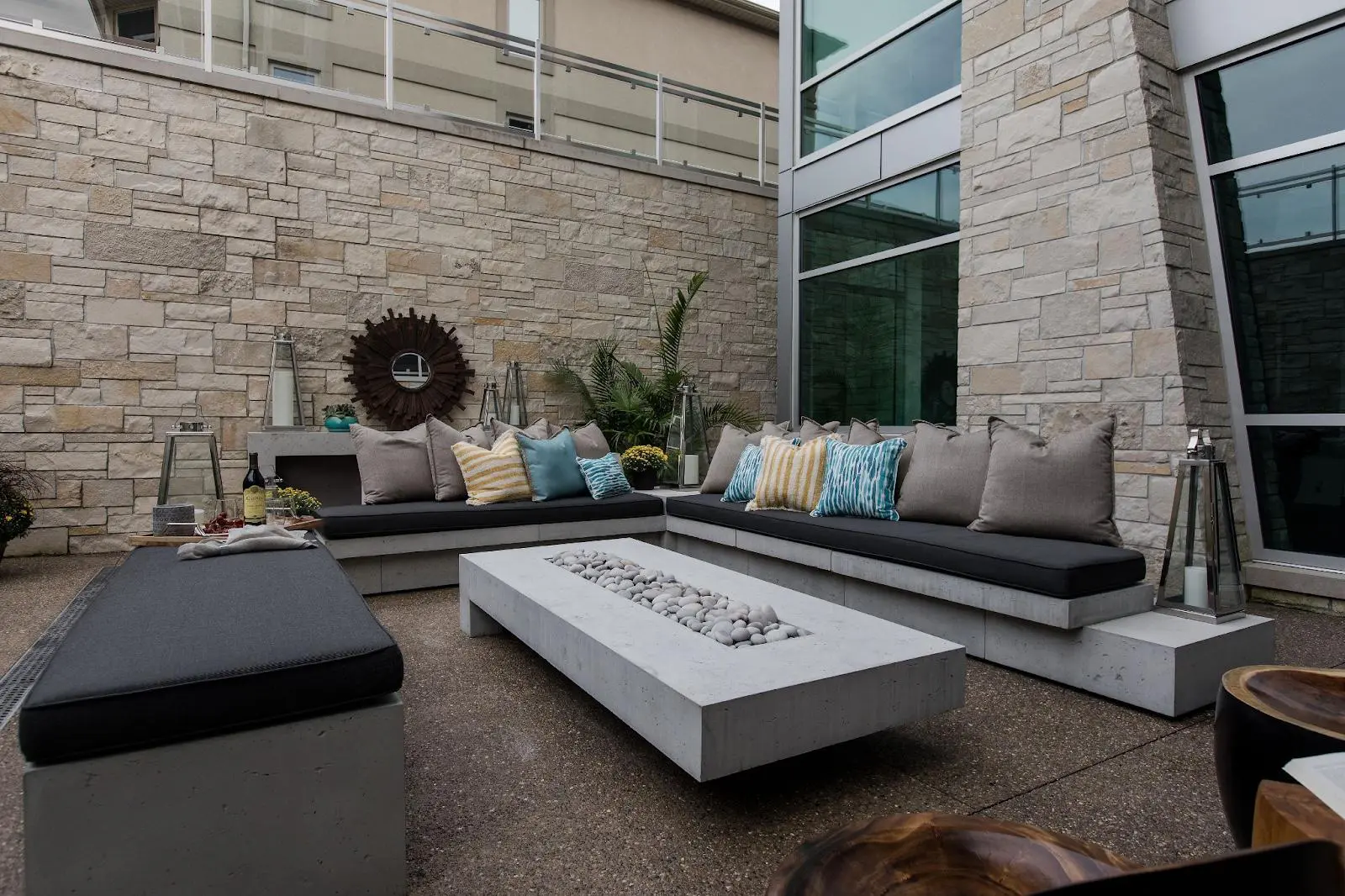
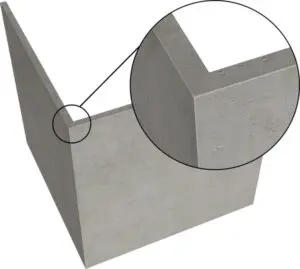
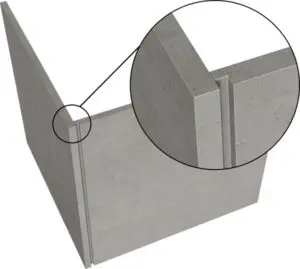
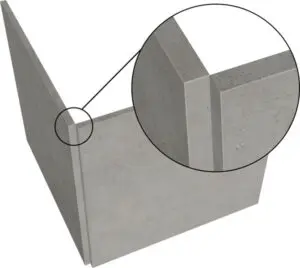

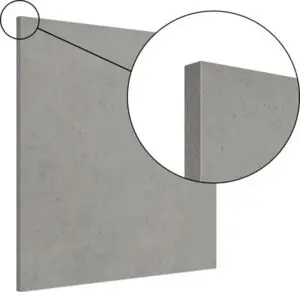
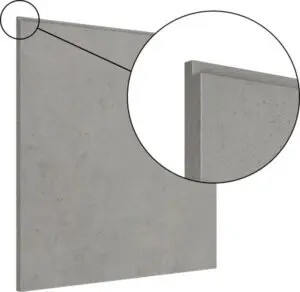
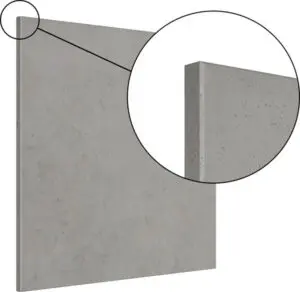
Comments are closed.